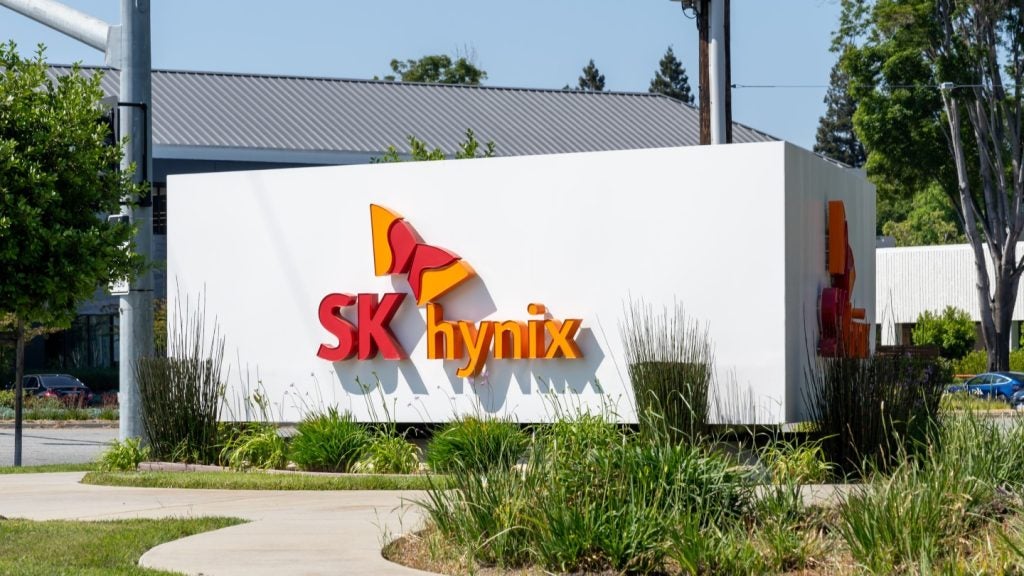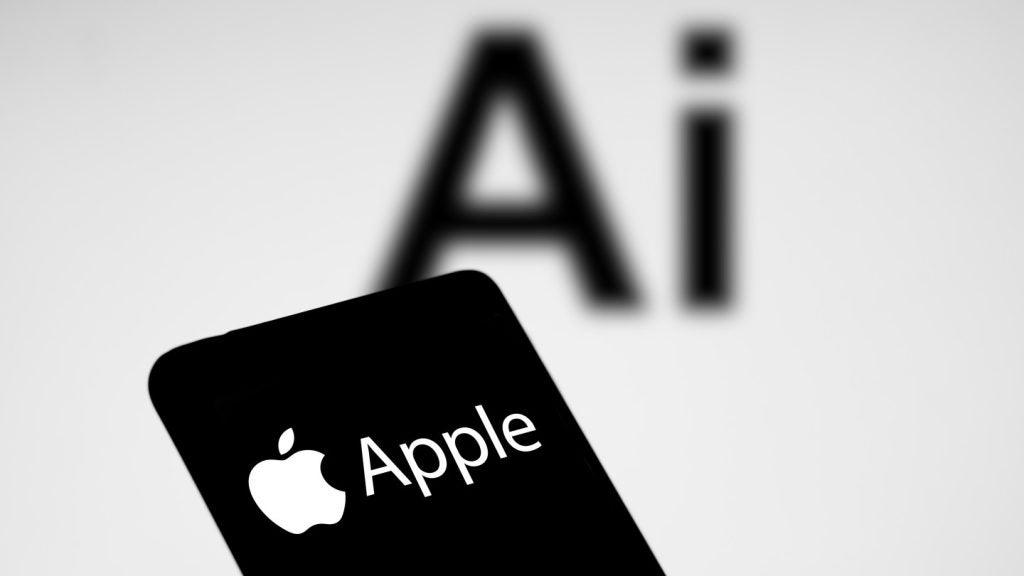Pony.ai has filed a patent for a system that implements automated vehicle safety response measures in the event of a failure in the vehicle’s computing platform. The system uses a secondary computing platform to ensure continued safe operation of the vehicle for a limited period of time, allowing it to come to a safe stop. The patent describes a hierarchy of safety response control levels and commands that are sent to the vehicle’s actuators to initiate the safety measures. GlobalData’s report on Pony.ai gives a 360-degree view of the company including its patenting strategy. Buy the report here.
According to GlobalData’s company profile on Pony.ai, autonomous freight management was a key innovation area identified from patents. Pony.ai's grant share as of September 2023 was 50%. Grant share is based on the ratio of number of grants to total number of patents.
Automated vehicle safety response measures for component/system failure
A recently filed patent (Publication Number: US20230311909A1) describes a system for vehicle safety response control in the event of a failure of the main or secondary vehicle computing platforms. The system includes a main vehicle computing platform, a secondary vehicle computing platform, one or more actuators, at least one processor, and at least one memory storing computer-executable instructions. The processor is configured to determine the failure of the computing platforms, iterate through a vehicle safety response control level hierarchy, and determine a set of vehicle safety response control commands based on the complexity of the commands and the results of sensor data processing. These commands are then sent to the actuators to initiate a safety response measure for the vehicle.
The complexity of the set of vehicle safety response control commands is determined by reducing the complexity of conflicting commands or results. If the secondary vehicle computing platform has failed, the complexity of the commands is further reduced. The complexity of the set can also be adjusted based on the complexity of the sensors that provide data to the computing platforms.
The system also includes a method for continuously updating the set of vehicle safety response control commands during the safety response measure. This method involves receiving planned vehicle trajectory data from the vehicle computing platform, determining the failure of the platform, and sending the initial set of commands to the actuators. Over time, sensor data from the vehicle's sensors is continuously received, and the set of commands is updated based on any deviation between the actual vehicle trajectory data and the planned trajectory data. The updated commands are then transmitted to the actuators.
The patent also mentions specific examples of sensors that can be used, such as inertial sensors and radar-based sensors. In the case of inertial sensors, the sensor data is used to determine the current location of the vehicle and modify the steering control command to reduce deviation from the expected location. In the case of radar-based sensors, the sensor data is used to detect obstacles along the planned trajectory and modify the control commands to avoid the obstacles.
Overall, this patent describes a system and method for vehicle safety response control in the event of a computing platform failure. The system takes into account the complexity of commands and sensor data processing, and continuously updates the control commands based on actual vehicle trajectory data.
To know more about GlobalData’s detailed insights on Pony.ai, buy the report here.
Data Insights
From

The gold standard of business intelligence.
Blending expert knowledge with cutting-edge technology, GlobalData’s unrivalled proprietary data will enable you to decode what’s happening in your market. You can make better informed decisions and gain a future-proof advantage over your competitors.







